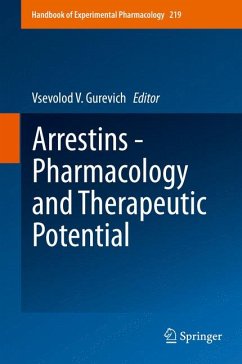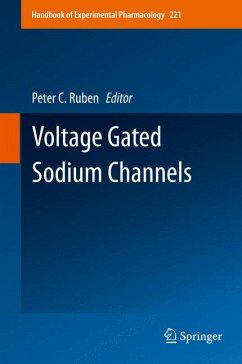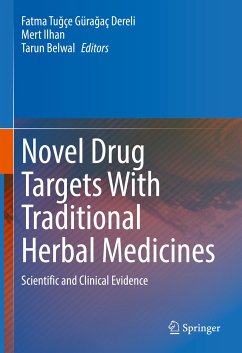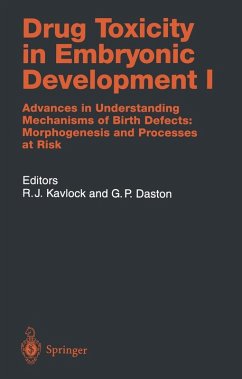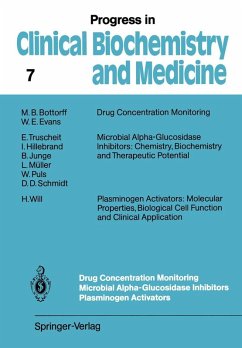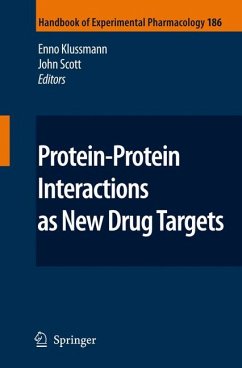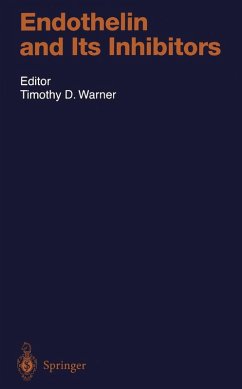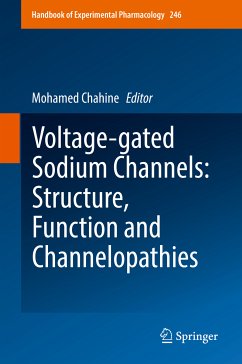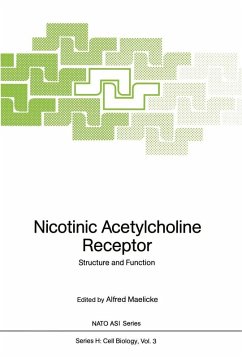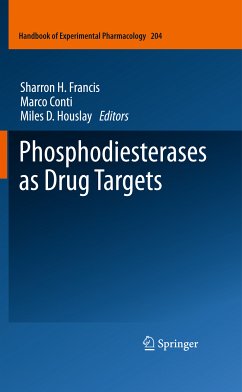
Phosphodiesterases as Drug Targets (eBook, PDF)
Versandkostenfrei!
Sofort per Download lieferbar
232,95 €
inkl. MwSt.
Weitere Ausgaben:

PAYBACK Punkte
116 °P sammeln!
Cyclic nucleotide phosphodiesterases (PDEs) are promising targets for pharmacological intervention. Multiple PDE genes, isoform diversity, selective expression and compartmentation of the isoforms, and an array of conformations of PDE proteins are properties that challenge development of drugs that selectively target this class of enzymes. Novel characteristics of PDEs are viewed as unique opportunities to increase specificity and selectivity when designing novel compounds for certain therapeutic indications. This chapter provides a summary of the major concepts related to the design and use o...
Cyclic nucleotide phosphodiesterases (PDEs) are promising targets for pharmacological intervention. Multiple PDE genes, isoform diversity, selective expression and compartmentation of the isoforms, and an array of conformations of PDE proteins are properties that challenge development of drugs that selectively target this class of enzymes. Novel characteristics of PDEs are viewed as unique opportunities to increase specificity and selectivity when designing novel compounds for certain therapeutic indications. This chapter provides a summary of the major concepts related to the design and use of PDE inhibitors.
Dieser Download kann aus rechtlichen Gründen nur mit Rechnungsadresse in A, B, BG, CY, CZ, D, DK, EW, E, FIN, F, GR, HR, H, IRL, I, LT, L, LR, M, NL, PL, P, R, S, SLO, SK ausgeliefert werden.



